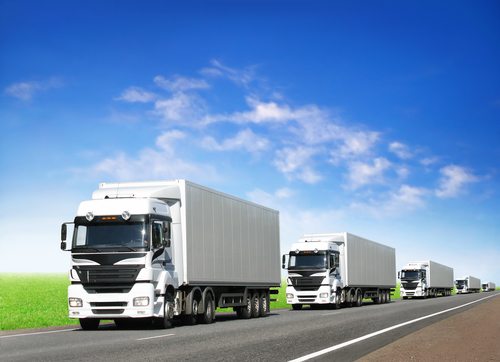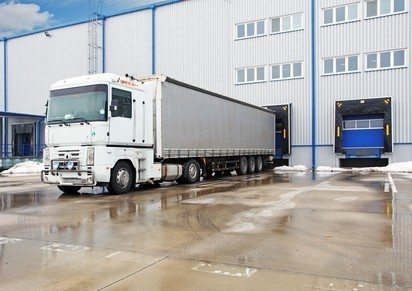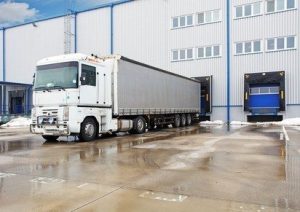
Uber has given a whole new look to personal transportation and food delivery services. Can it do the same for the trucking industry? The answer is not as simple as it may seem.
Trucking Industry Slow to Adapt to New Technology
In 2016 Wallace Lau, industry principal at consulting firm Frost & Sullivan, authored a study called, “Uber for Trucks: Executive Analysis of North American Mobile Based Freight Brokering Market.” Based on $100 million in current revenue, Lau projected an increase to $26.40 billion by 2025.
But today Lau says that adoption of the Uber model is moving more slowly than anticipated due to resistance by the trucking industry. Lau’s updated study is expected to be released this coming fall.
According to Lau, people in the trucking industry are uncertain about whether the Uber model will actually benefit them. Many are reluctant to deviate from their established routines working with traditional freight brokers.
Uber Throws Its Hat into the Ring
All this may be about to change with Uber’s introduction of its own freight app this past May. While there are already several mobile-based freight apps on the market, Lau believes that Uber’s name and reputation will cause the industry to take a closer look at this trend.
Bill Driegert, director of Uber Freight, says their app turns a cumbersome, labor-intensive process into a single click. It also offers transparency for both shipper and receiver.
Modernize Warehouse Operations with Industrial Tugs from DJ Products
Streamline workflow with industrial tugs like our popular CartCaddyShorty. Visit our website to learn more from our friendly and helpful sales engineers.




